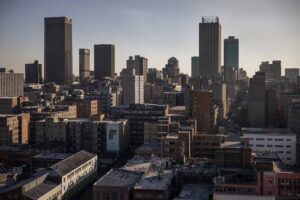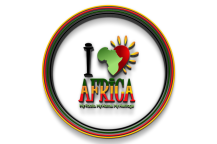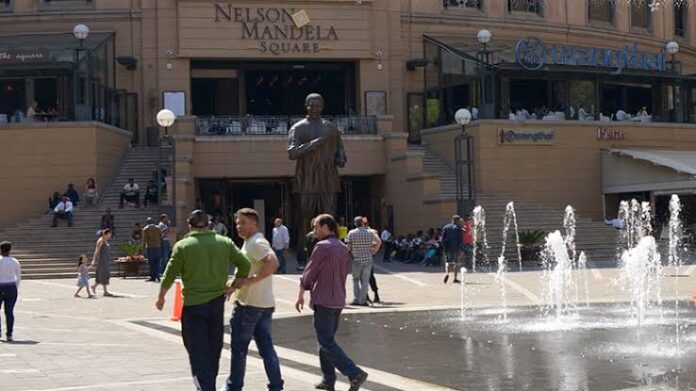In a bold move to reverse years of urban decay and restore vital services, South Africa has unveiled a sweeping $3 billion initiative aimed at rescuing infrastructure and service delivery in eight of its largest cities. Backed by the World Bank and additional municipal funding, the effort reflects growing urgency to address widespread electricity blackouts, water shortages, and deteriorating public infrastructure.
At the core of the plan is a $3 billion joint package—comprising a $1 billion loan from the World Bank and $2 billion from the South African government—that will be distributed across key municipalities including Johannesburg, Durban, and Cape Town. These cities, along with Bloemfontein, Pretoria, East London, Gqeberha, and Ekurhuleni, represent South Africa’s most densely populated and economically critical urban centres.
While infrastructure failures have long plagued South Africa’s cities, the cracks have deepened in recent years. Johannesburg, widely regarded as Africa’s wealthiest city due to its concentration of industries and high-net-worth individuals, is now facing an estimated R221 billion ($12 billion) infrastructure shortfall. In 2023, Business Insider Africa reported that the city’s aging systems have led to prolonged blackouts, water outages, and crumbling roads. In some neighbourhoods, residents endured nearly two weeks without water as recently as March 2024.
Also, read: Nigerian Singer, Aṣa Honoured with Yale World Fellows Selection for 2025 Cohort
These crises are not just inconveniences—they’re economic threats. According to the South African Reserve Bank, the persistent load shedding (scheduled power cuts) has been costing the country about $51 million per day in lost productivity.
To confront these challenges head-on, the South African government is rolling out a new program—the Metro Services Trading Program. The initiative will funnel resources toward improving water access, sanitation, electricity distribution, and waste management. Cities that meet specific performance benchmarks in these critical sectors will be eligible for financial grants, creating a performance-based incentive model.
The Metro Services Trading Program goes far beyond the initial $3 billion. It will be powered by an additional $6 billion in municipal borrowing and revenue generation, bringing the total funding to a staggering $9 billion. The scope of this effort spans nearly 30,000 square kilometres—an area almost 20 times the size of London—and serves an estimated 22 million South Africans.
The World Bank has thrown its weight behind the plan, underscoring the urgent need to revitalize public services and restore economic momentum. “This is not just about infrastructure,” one official remarked. “It’s about preserving the dignity of daily life, restoring investor confidence, and giving South Africans reliable cities they can believe in again.”
As these urban centres begin work on critical upgrades, there is cautious optimism that the worst of the service collapse may soon be behind them. For millions of South Africans who have long lived with broken pipes, flickering lights, and overflowing trash bins, this initiative offers something that’s been in short supply—hope.

